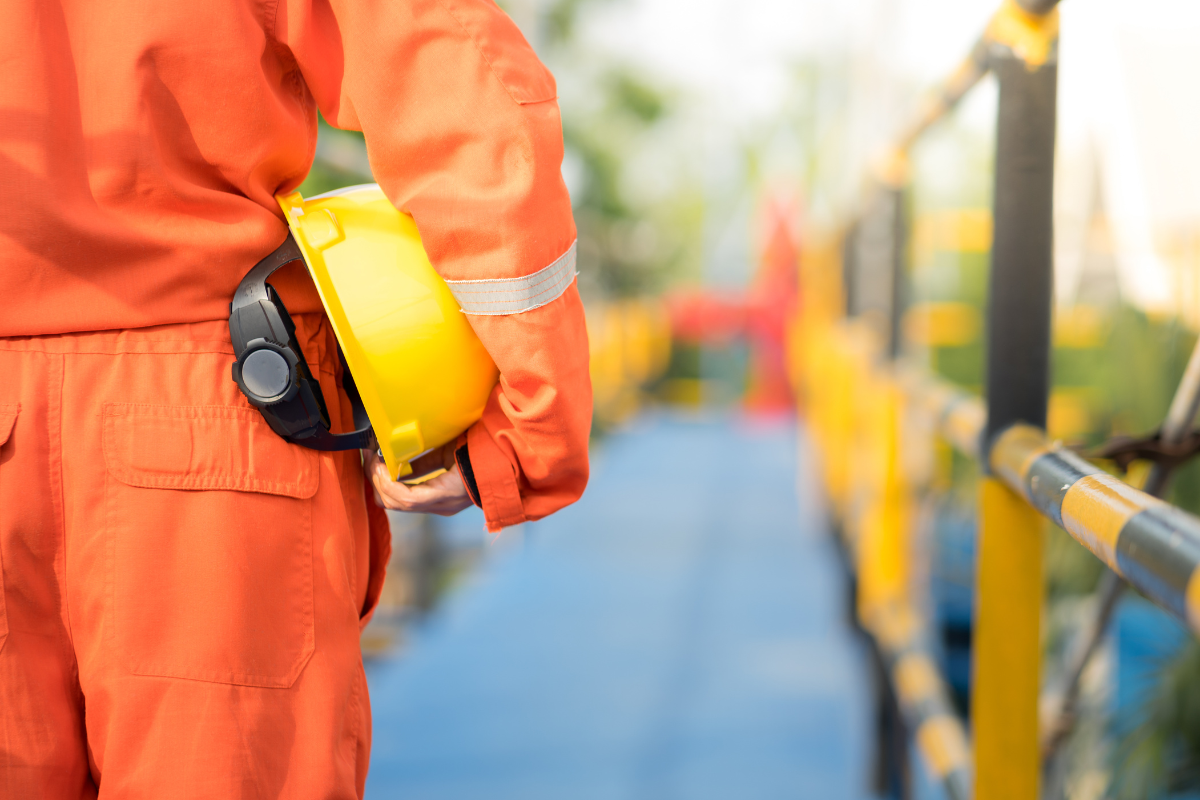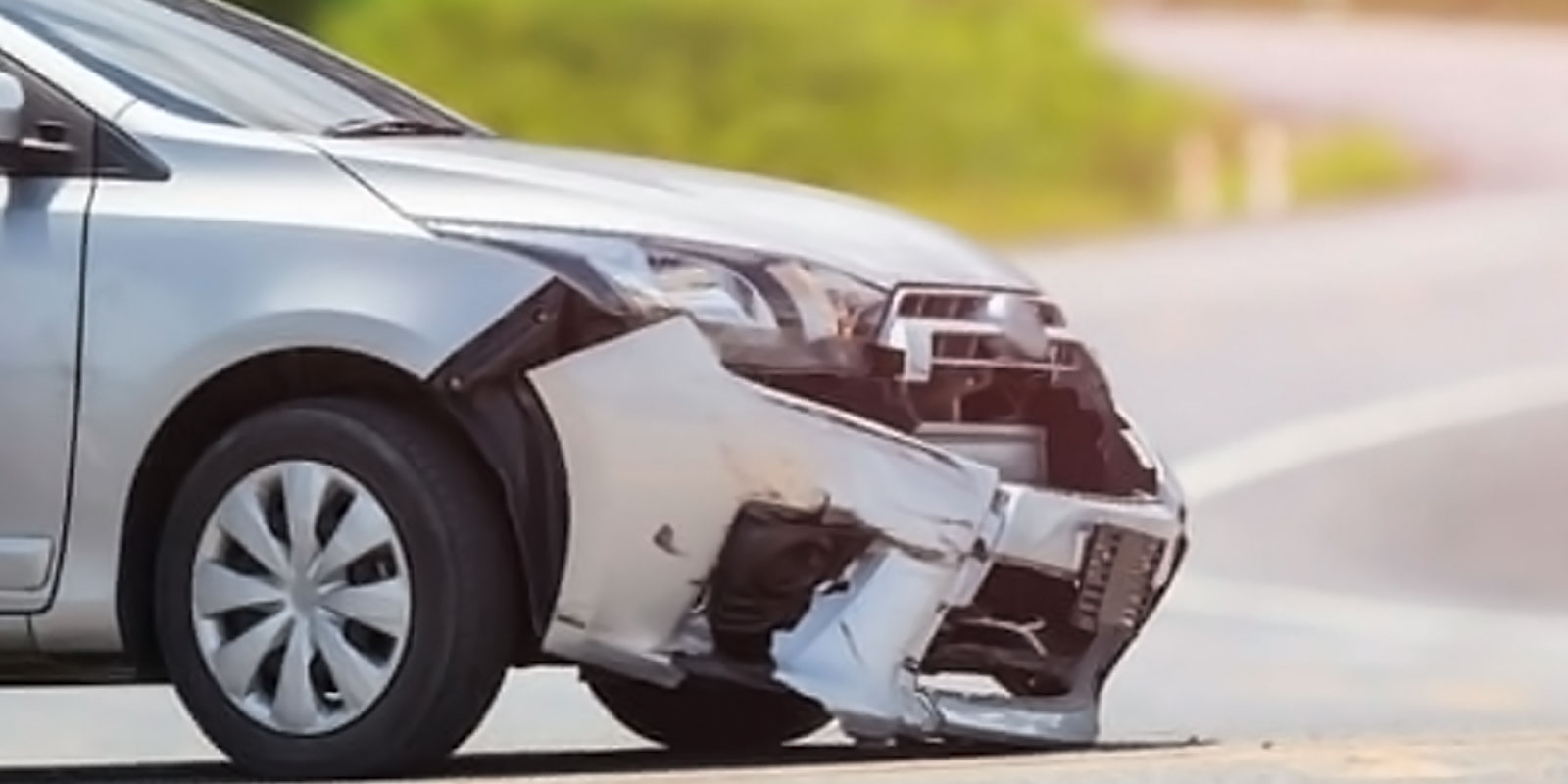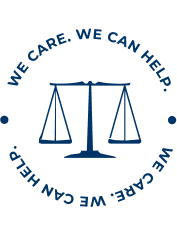According to the United Nations Environment Programme, wildfires are becoming more intense and more frequent. Every year wildfires burn millions of acres across the United States. As a result, millions of people each year face the threat of wildfires or the loss of their belongings. Knowing how to prepare for wildfires can save a lot of frustrations in two ways:
- You may be able to prevent loss by preparing your home.
- If your home is consumed, you’ll be ready to deal with the insurance company.
Wildfires are unplanned, but you can minimize the risks to your person and your belonging by following our guide.
Home Ignition Zones: Securing Your Home from a Wildfire
The idea of the home ignition zone was introduced by USDA Forest Service Fire scientist Jack Cohen in the late 1990s. The idea springs from the fact that the majority of homes lost to wildfires are first ignited by embers and small flames. By understanding the home ignition zone, homeowners may be able to reduce the susceptibility of the area around the home and the home itself.
Understanding ignition zones can help you safeguard your home as you prepare for wildfires.
What are the home ignition zones?
The home ignition zone is an area of 0-200 feet from the foundation of your home. It contains the following three subzones:
- Immediate Zone: The immediate zone is 0-5 feet from the home—including the home itself. This zone is the most vulnerable to small embers. How to secure: Install hard surfaces, use noncombustible landscaping, and don’t store materials under decks.
- Intermediate Zone: The intermediate zone is 5-30 feet from the home. How to secure: Use landscaping to reduce the continuity of fuels and help slow down the fire, such as artificial grass, gravel, or decorative rock.
- Extended Zone: The extended zone is the space 30-100+ feet from the home. How to secure: space and prune trees and vegetation to keep flames smaller and lower to the ground to help interrupt the fire’s path.
Further, if your home is located in an area susceptible to wildfires, it’s important to choose building materials that harden your home from fires.
Wildfire Preparedness Tips
Now that you have a clear picture of the home ignition zone, it’s time to prepare for wildfires. Use the following tips to create a 30-100 foot safety zone around your home. To create this area, take the following steps:
Clean up
- Remove dead leaves, limbs, twigs and any other vegetation that can fuel the fire.
- Ask the power company to clear branches near power lines.
- Clear items that will burn from around the house, including wood piles, lawn furniture, barbecue grills, tarp coverings, etc. Move them outside of your defensible space.
Review Important Documents
- Make sure your important documents such as insurance policies, ID cards and other personal documents are up to date.
- Store original copies in an easily accessible place in case you have to evacuate quickly.
- Make copies of important documents and secure them in a safe space.
- Store digital copies of your documents in a password-protected digital space.
Know Your Evacuation Route
- Plan how you will leave and where you will go if you’re required to evacuate.
- Get familiar with alternative routes.
- Prepare a go-bag* to carry for traveling on foot and another for traveling longer distances.
- Practice evacuating with all members of your family. (Including your pets!)
- Keep a full tank of gas if an evacuation seems likely.
*If you don’t have a car, it’s important that you create a plan to evacuate. You may want to stay with a family member or a friend. If neither of those is an option, you can look into emergency management resources that may be available to you.
Prepare Your Go Bag
Go bags should be prepared before the wildfire season begins. Items to include:
- Water (3-day supply)
- Non-perishables (3-day supply)
- First aid kits
- 3-4 days worth of clothes
- Baby supplies (bottles, diapers, formula, wipes)
- Medications and medical supplies
- Copies of important documents (medication list, medical info, proof of address, deed/lease to the home, bank, IRS, trust, investments, passports, birth certificates, insurance policies, etc.)
- Inventory of the home contents (see our inventory sheet in the resources below)
- Pet supplies
- Flashlight
- Batteries
- Whistle
- N95 mask
- Extra sets of car keys and house keys
Staying Safe During a Wildfire
- Watch for emergency alerts
- Evacuate immediately when authorities tell you to do so
- Use an N95 mask to protect yourself from smoke inhalation
*Note: As you prepare for wildfires, be careful about carrying combustible items such as hand sanitizer.
Know the Attorneys Who Handle Wildfires
In addition to the above, it’s important to know skilled wildfire attorneys who you can turn to in times of crisis. Wildfire attorneys can help in two very important ways:
- Represent you when your homeowner’s insurance company is devaluing or denying your wildfire claim.
- Help you file a lawsuit against the party responsible for the wildfire.
By hiring a wildfire attorney early in the process, they may be able to collect information that will be helpful in recovering significant verdicts against negligent companies or parties responsible for the fire.
Prepare for Wildfires
Wildfire claims are complex issues that require a significant amount of time and resources. We have the time, skills and resources to help you and your family recover after a wildfire. If you live in an area susceptible to wildfires, download our list of contents spreadsheet.
We Care. We Can Help.
The Carlson Law Firm’s attorney William (Bill) Rossick helped affected families receive multimillion-dollar verdicts in the Bastrop Fire Cases. He is one of the top wildfire lawyers in the state and is ready to assist in any way he can.





